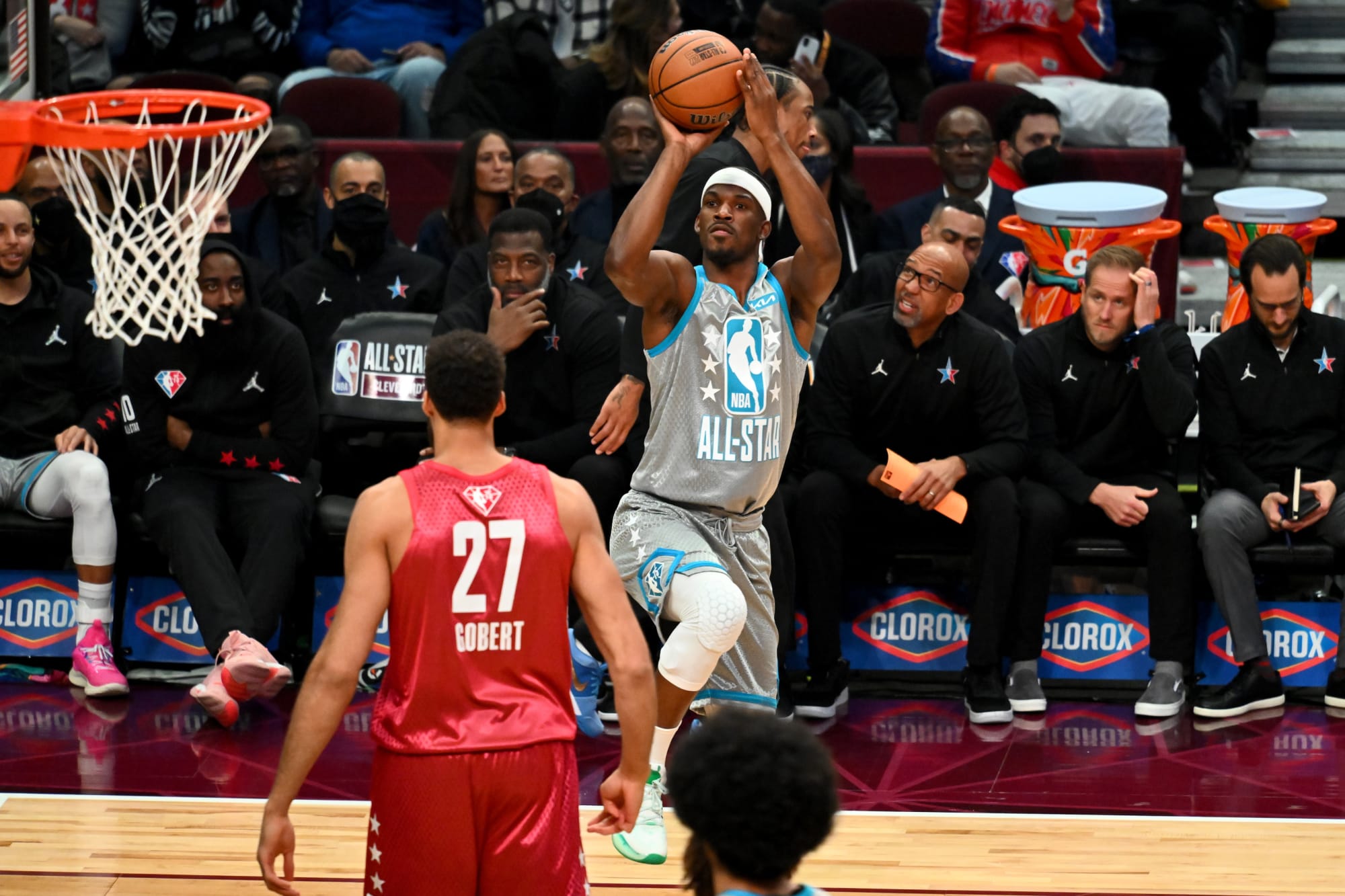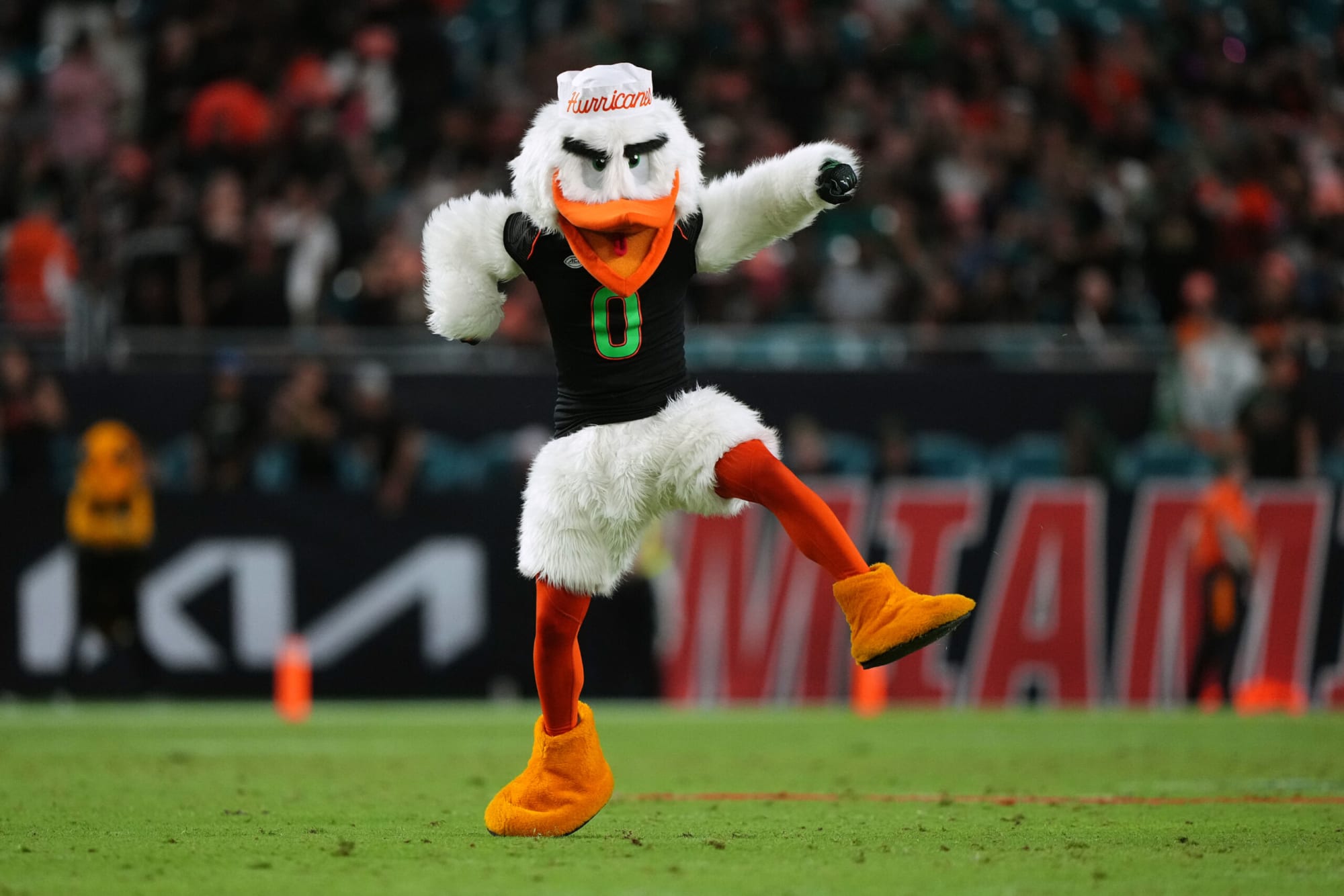Coup’s Takeaways: Miami’s Dominant Third-Quarter Run Not Enough As Trae Young Seals Win for Atlanta With Floater

1. The Hawks were always going to hit shots eventually. They’re too good of an offensive team to be below 30 percent from three as they were in the first two games of the series, especially against a HEAT team that will give up some threes with how they load up on the ball. It just so happened – in the first half at least – that the Hawks started hitting more shots as Miami’s three-ball left them, for the most part. That the HEAT were only down seven at the half felt like a win. No cause for immediate concern, at the time, despite Atlanta raising their activity level on the defensive end far beyond what it was in Games 1 and 2.
It didn’t seem like the Hawks made enough of a move when they had their chance, because Miami’s defense had another gear to hit. And their shooting (14-of-45 after the slow start) only kind of caught up. The result was a brick wall of a 20-0 run in the third quarter where all those shots the Hawks were hitting before didn’t just stop missing, they stopped existing. For about five minutes of game time, with Bam Adebayo and P.J. Tucker leading the way with their one-on-one containment, Atlanta either couldn’t hold onto the ball, couldn’t get the ball inside the arc or couldn’t find a jumper that didn’t come with a hand in a face. It was the sort of run that would end any normal game, but the Hawks were ready to fight for their season as they closed a 16-point lead in the final minutes – with Kyle Lowry out for the game with a left leg injury – and stole the last-second win, 111-110, off a Trae Young floater. A lot of teams fold after the run the HEAT made. The Hawks didn’t.
Second chances and Tyler Herro (24 points on 22 shots) kept Miami in the game, but if we were to sum this one up it would be that the third quarter, full of glorious defense and balanced offense, was so much of what the HEAT did so well this season. And the fourth quarter was what we often saw from the HEAT in fourth quarters, with offense stuck in the mud and Miami outscored 16-9 in the clutch, that likely ranked as question mark number one heading into the postseason. The HEAT are still in control 2-1 and this one played out with the home team playing with desperate energy rather than figuring out some grand solution, but it was enough for a win.
2. Trae Young (24 points on 14 shots, 10-of-12 from the line) is the story of the series, in the way that has been mostly good for Miami. Atlanta had the No. 2 offense in the league this season and Young was reason No. 1, for his scoring, and reason No. 2, for his playmaking, that they were able to hit such heights of efficiency. That was no secret to anyone, and Erik Spoelstra did what anyone would expect him to do and tilted his defense – which already walled off the paint from attackers as part of the base offensive scheme – toward Young. Either Young would be dealing with one of Miami’s premier switch defenders if he tried to use a screen or, if he managed to get a desirable matchup, multiple bodies ready to jam the driving lanes when he tried to isolate. We’re repeating ourselves here, but this is the story of the series. Young had one of the worst shooting games of his career in Game 1. In Game 2 he had a career-high 10 turnovers. Game 3 looked like it would only be marginally better for most of the evening, but Young hit a big three down the stretch and found ways to get to the line. Notably, he was able to get the rare paint attack in the final seconds because Atlanta didn’t call timeout and Young was able to push in transition.
It probably won’t be enough to get Miami to make any wholesale changes to their defensive scheme, but Young found enough for a win.
3. The theory is, with the HEAT loading up so much on Trae Young, then Young shouldn’t be able to get into the paint for drive-and-kicks to Atlanta’s secondary guys. And if the Hawks try to get Young off the ball to capitalize on some of that defensive attention – like when Bam Adebayo is switched onto him – then those secondary players, most of whom are not primary ballhandlers, have greater pressure on them to try and get some downhill movement out of the ball, and that’s not always their strong suit. Through two games in Miami, that theory played out in practice as Atlanta’s offense kept moving East-West, with only Bogdan Bogdanovic as part of Atlanta’s late run in Game 2 able to generate any sort of traction. As the Hawks made their move in the first half, earning as much as an 11-point lead, it looked like those secondary guys – Bogdanovic, De’Andre Hunter and Kevin Huerter most notably – were putting enough together to take some of the offensive load off of Young. That feeling faded for a stretch, but the supporting cast came roaring back for that fourth-quarter push behind Bogdanovic’s 18 points including some massive threes.
It certainly tracks with the eye test that just about every run of significance that Atlanta has made in this series has been behind the play of the players who haven’t been to an All-Star game.


